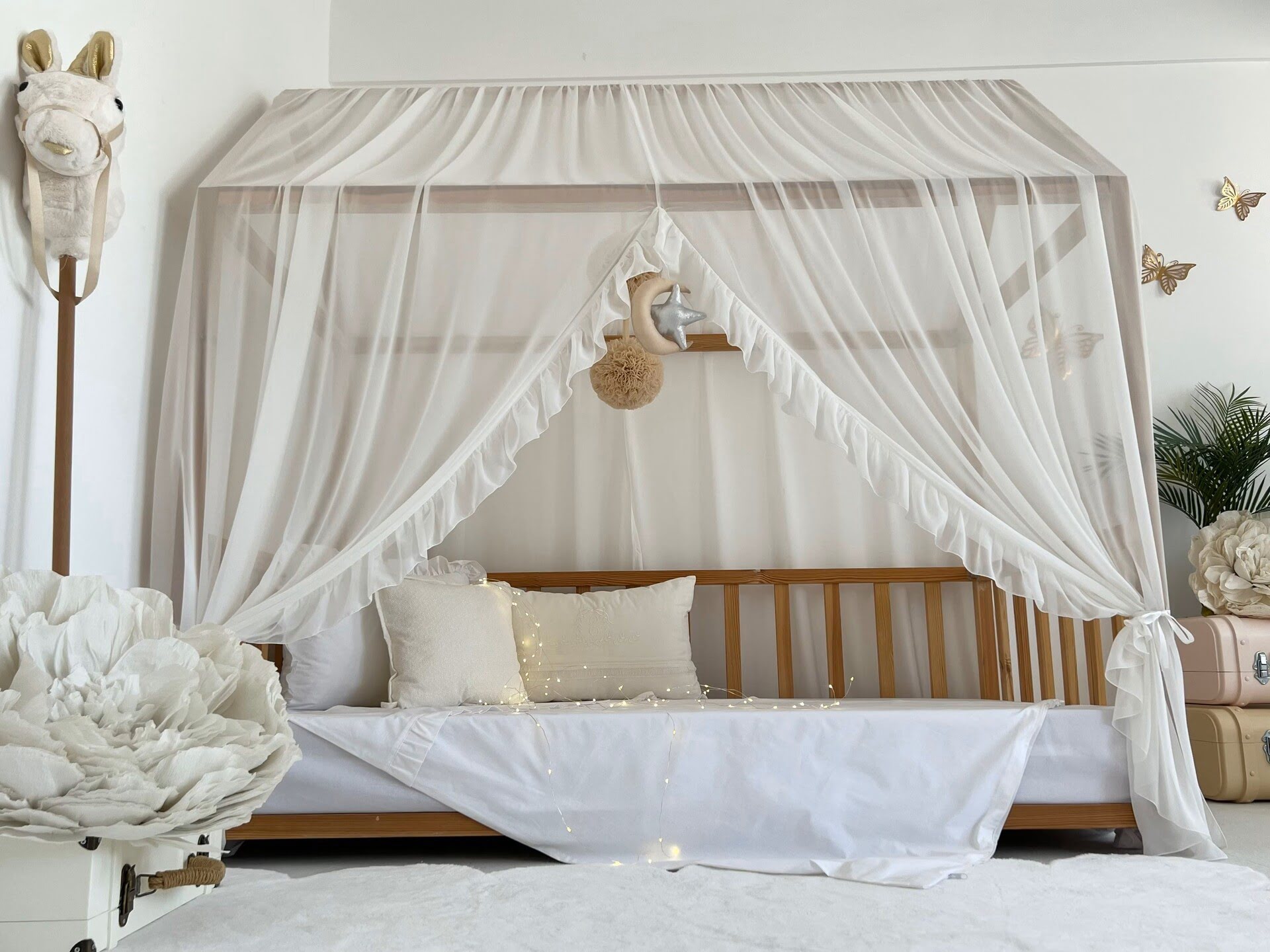

Articles
Why Did Beds Have Curtains
Modified: February 23, 2024
Discover the history and purpose behind the use of curtains on beds in this fascinating article. Explore how curtains were used for privacy, warmth, and decoration in different eras.
(Many of the links in this article redirect to a specific reviewed product. Your purchase of these products through affiliate links helps to generate commission for Storables.com, at no extra cost. Learn more)
Introduction
Bed curtains have a long and fascinating history, dating back to ancient times. They were initially created for functional purposes, such as providing privacy and protection against drafts and insects. However, over the centuries, bed curtains became more than just a practical accessory. They became symbols of status and wealth, often adorned with luxurious fabrics and intricate designs.
In this article, we will explore the historical origins of bed curtains, their functional purposes, their symbolism and status, their decline, and eventual revival in modern times. Join us as we delve into the intriguing world of beds with curtains.
Key Takeaways:
- Bed curtains have a rich history, serving as symbols of status and wealth while providing privacy, protection from elements, and insulation. Their revival in modern design showcases their timeless appeal and versatility.
- The decline of bed curtains was influenced by changing lifestyles and interior design trends, but their resurgence in contemporary design highlights their practical and aesthetic value, adding drama and luxury to modern bedrooms.
Read more: Why Did I Wet The Bed
Historical Background
Ancient Origins of Bed Curtains
The use of bed curtains can be traced back to ancient times. In many ancient civilizations, beds were considered a place of privacy and sanctity. To create a secluded space, bed curtains were hung around the sleeping area, offering a sense of enclosure and protection.
One of the earliest examples of bed curtains can be found in ancient Egypt. Egyptian beds were often surrounded by tall wooden frames with decorative drapes or fabrics hanging from them. These curtains not only provided privacy but also shielded the sleeper from insects and other elements.
Evolution in Medieval Times
During the medieval period, bed curtains became more elaborate and ornate. The bedchambers of nobles and royalty were adorned with richly embroidered fabrics and intricate designs. These curtains were not only functional but also symbolized wealth and status.
Medieval Europeans also used bed curtains to combat the cold temperatures of their stone castles and drafty homes. Thick and heavy fabrics were employed to create a barrier against the cold air, providing insulation and warmth during the harsh winters.
Renaissance and Bed Canopies
The Renaissance period saw a surge in artistic expression, and this extended to the bedchambers as well. Canopy beds, characterized by a four-poster frame with a top canopy, became popular during this time. These canopies were often embellished with lavish fabrics and intricate carvings.
The canopy acted as a framework for bed curtains, which were suspended from the top and draped around the sides of the bed. The curtains provided both privacy and a touch of opulence, turning the bed into a grand centerpiece of the room.
The Renaissance period also witnessed the inclusion of symbols and motifs in bed curtains. These designs often depicted religious or mythological scenes, showcasing the intellectual and cultural values of the time.
The historical significance of bed curtains is undeniable. From their humble beginnings in ancient Egypt to the extravagant canopies of the Renaissance, bed curtains have played a significant role in the evolution of bedroom design and the expression of social status and artistic expression.
Functional Purposes of Bed Curtains
Privacy and Modesty
One of the primary functions of bed curtains is to provide privacy and create a sense of intimacy in the sleeping space. In earlier times, beds were often located in common areas of the house, making privacy a challenge. By enclosing the bed with curtains, individuals could have a secluded space to rest and retreat from the prying eyes of others.
Bed curtains also served as a way to maintain modesty, particularly in more conservative societies. By drawing the curtains closed, individuals could change clothes or engage in personal activities without being seen by others.
Protection from Drafts and Insects
In the past, homes were not as well-insulated as they are today. Drafts were a common issue, especially in castles, manor houses, and rustic dwellings. Bed curtains acted as a barrier against the cold air, helping to keep the sleeping area warmer during chilly nights.
Furthermore, bed curtains were effective in protecting against insects, which were a prevalent problem in households before modern pest control methods were developed. Closing the curtains prevented insects from disturbing the sleepers and potentially transmitting diseases.
Insulation and Warmth
Along with providing protection against drafts, bed curtains also contributed to insulation and warmth. In colder climates, heavy fabrics, such as velvet or wool, were used to line the curtains, trapping heat and creating a cozy haven within the bedchamber.
This was particularly valuable during winter months when keeping warm was paramount. Beds with curtains became a haven of comfort, shielded from the cold temperatures of unheated rooms.
The functional purposes of bed curtains went beyond mere decorations. They offered privacy, protection from elements and insects, as well as insulation and warmth, making sleep more comfortable and restful throughout history.
Read more: How To Have Sheer And Blackout Curtains
Symbolism and Status
Beds with Curtains as Status Symbols
Throughout history, beds with curtains were often associated with wealth, status, and luxury. In many cultures, the bedchamber was considered a private sanctuary, reserved for the elite and nobility. The inclusion of bed curtains was a visual display of one’s social standing and elevated status.
The materials used for bed curtains played a crucial role in symbolizing wealth. Nobles and royalty adorned their beds with sumptuous fabrics such as silk, velvet, and brocade, often embellished with intricate embroidery or gold thread. The opulence of these curtains showcased the owner’s affluence and sophistication.
Representations in Art and Literature
Bed curtains and canopies have been depicted in art and literature for centuries, offering insights into their symbolic significance and cultural context. Paintings, tapestries, and literature from various periods portray the grandeur and significance of beds with curtains.
Renaissance paintings often featured portraits of nobles and royalty in opulent bedchambers, showcasing the elaborate canopies and richly adorned curtains. These artistic representations captured the extravagance associated with the use of bed curtains during that era.
Literature, too, has documented the symbolism of bed curtains. In William Shakespeare’s plays, for example, bed curtains are often mentioned as a signifier of intimacy, secrecy, and hidden desires. They become metaphors for the private aspects of characters’ lives and their hidden thoughts and emotions.
The symbolism and status associated with beds with curtains go beyond their functional purposes. They represent wealth, prestige, and the privileged lifestyle of the elite throughout history. Their portrayal in art and literature adds depth and insight into the cultural significance of these ornate sleeping arrangements.
Decline and Disappearance
Read more: Why Did My Grass Die
Changing Lifestyles and Interior Design Trends
As society evolved and lifestyles changed, the use of bed curtains gradually declined. With the advent of the Industrial Revolution and the rise of urbanization, living spaces became smaller and more compact. The grandeur and luxury associated with bed curtains no longer aligned with the practicality and efficiency that contemporary living demanded.
In addition, the emergence of new interior design trends shifted the focus from heavy drapes and ornate bedsteads to a more minimalist and streamlined aesthetic. Open spaces, light-colored walls, and less cluttered environments became the preferred style, leaving little room for the elaborate embellishments and curtained beds of the past.
Rise of Individual Bedrooms
Another factor contributing to the decline of bed curtains was the rise of individual bedrooms. In earlier times, multiple family members often slept in the same room, and bed curtains provided a sense of privacy and separation within a shared space. However, as the concept of individual privacy and personal space gained importance, separate bedrooms became the norm.
Individual bedrooms offered more freedom and autonomy, eliminating the need for bed curtains as a privacy solution. Beds became stand-alone pieces of furniture, no longer enclosed or hidden behind heavy drapes.
As a result of changing lifestyles, interior design trends, and the shift towards individual bedrooms, bed curtains gradually disappeared from everyday use. However, their legacy and historical significance continue to fascinate and inspire the world of design and décor.
Revival and Modern Uses
Bed Curtains in Contemporary Interior Design
While bed curtains may have faded from mainstream use, there has been a resurgence of interest in incorporating them into contemporary interior design. Designers and homeowners alike are rediscovering the charm and functionality of bed curtains, finding creative ways to incorporate them into modern spaces.
In modern design, bed curtains are often used to create a sense of drama and luxury. They can transform a simple bed into a statement piece, adding texture, color, and depth to the overall aesthetic of the room.
Contemporary bed curtains may be designed in a variety of styles and materials to suit different tastes and themes. From sheer, lightweight fabrics that exude an ethereal and romantic ambiance to heavy, opulent drapes that evoke a sense of grandeur, there are countless possibilities to explore.
Read more: Why Did Google Glass Fail
Practical and Aesthetic Purposes
Bed curtains serve both practical and aesthetic purposes in modern interior design. From a practical standpoint, they offer privacy in shared living spaces or open-concept bedrooms while maintaining a sense of openness and flexibility. They can be drawn closed when desired, creating a private sanctuary within a larger area.
Bed curtains also provide an opportunity to control light and sound. By choosing blackout or noise-reducing fabrics, individuals can create a peaceful and restful sleeping environment, free from outside disturbances.
From an aesthetic standpoint, bed curtains add a touch of elegance and sophistication to any bedroom. They can be used to layer textures, colors, and patterns, creating a visually stunning focal point in the room. Bed curtains also offer the opportunity to introduce different design elements, such as tassels, pom-poms, or tie-backs, allowing for customization and personalization.
The revival of bed curtains in contemporary interior design highlights their versatility and timeless appeal. Whether used for practical purposes, to create a cozy and intimate atmosphere, or purely for aesthetic reasons, bed curtains add a touch of luxury and style to modern bedrooms.
Conclusion
Bed curtains have a rich historical background, serving both functional and symbolic purposes throughout the ages. From ancient times to the Renaissance, these curtains provided privacy, protection from elements and insects, insulation, and warmth. They were also a status symbol, showcasing wealth and social standing.
However, with changing lifestyles, interior design trends, and the rise of individual bedrooms, bed curtains gradually faded from everyday use. The practicality and efficiency of contemporary living demanded a shift towards more minimalist and streamlined aesthetics.
Nevertheless, there has been a revival of interest in bed curtains in recent times. In modern interior design, bed curtains are used to create a sense of drama and luxury, adding texture, color, and depth to the overall aesthetic of the room. They serve both practical purposes, offering privacy and control over light and sound, and aesthetic purposes, adding elegance and sophistication to the bedroom.
The history of bed curtains is a testament to their enduring appeal. While they may no longer be a commonplace feature in every bedroom, their legacy lives on, inspiring designers and homeowners to reimagine their charm and functionality.
Whether used in traditional or contemporary designs, bed curtains offer a unique touch that can transform a simple bed into a statement piece. They allow for personalization and customization, creating a private sanctuary within a larger space.
So, as you delve into the world of bedroom design, consider the intriguing history of bed curtains. From their ancient origins to their modern uses, these curtains offer a glimpse into the evolving nature of human comfort, privacy, and style.
Frequently Asked Questions about Why Did Beds Have Curtains
Was this page helpful?
At Storables.com, we guarantee accurate and reliable information. Our content, validated by Expert Board Contributors, is crafted following stringent Editorial Policies. We're committed to providing you with well-researched, expert-backed insights for all your informational needs.
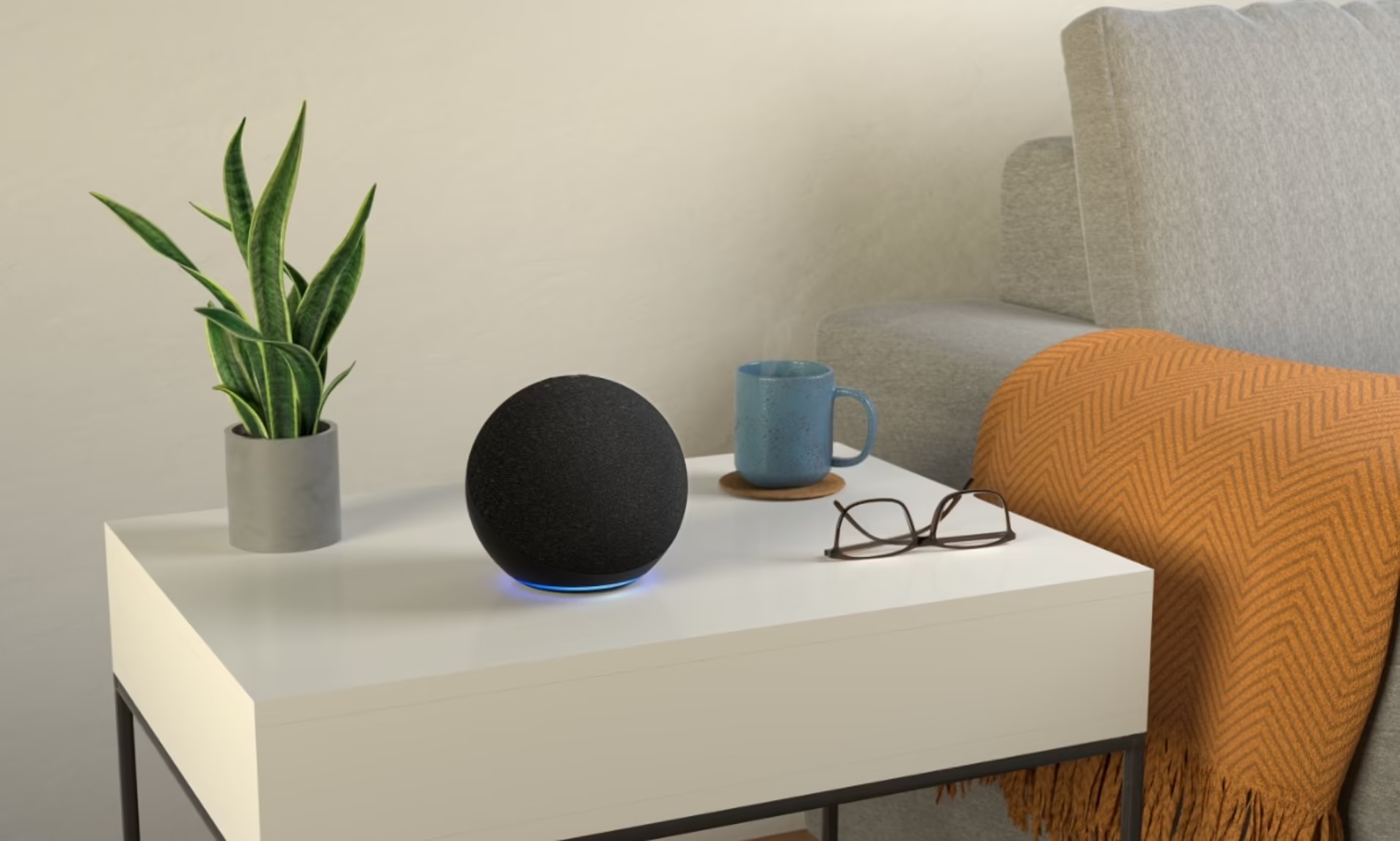


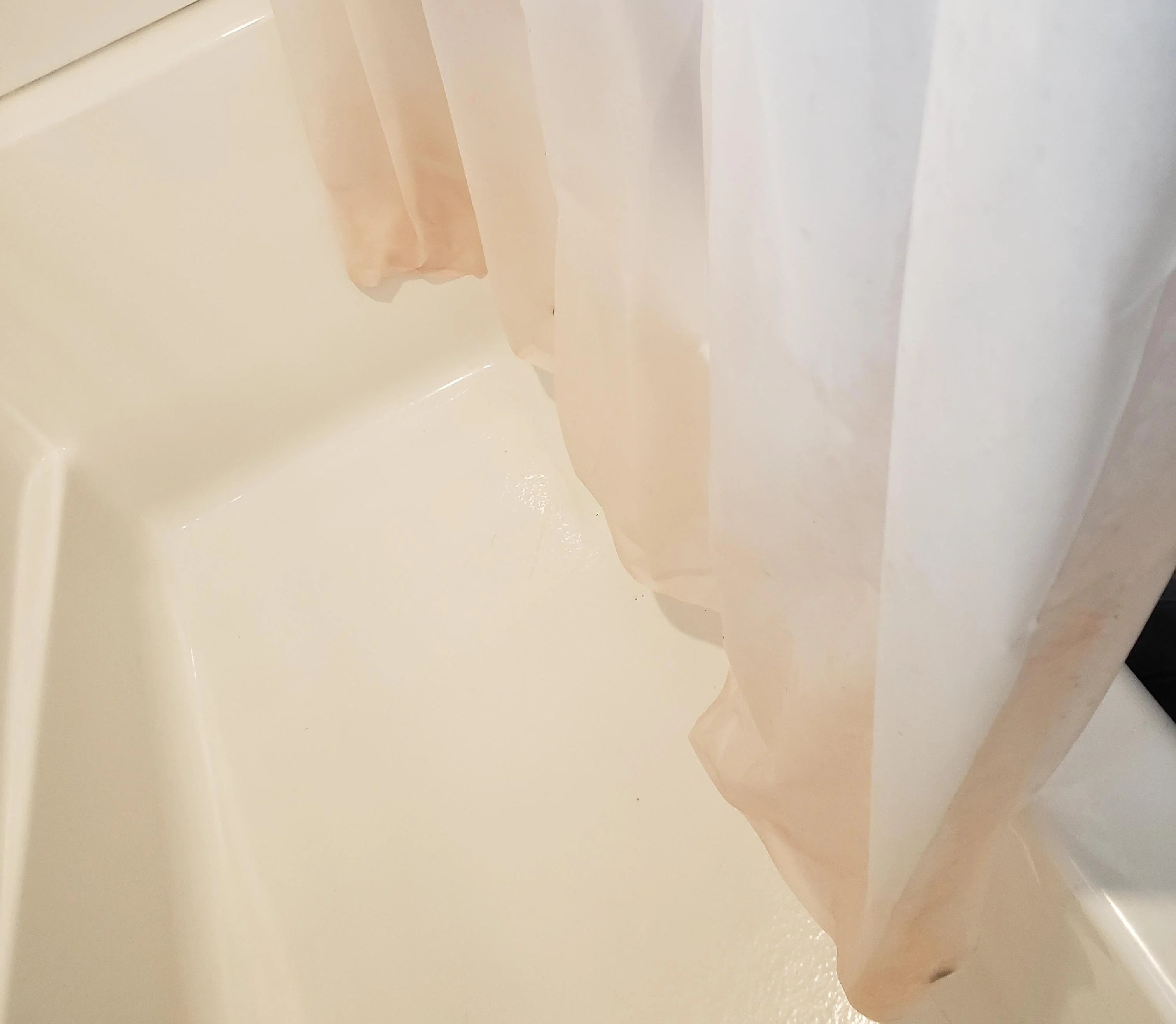

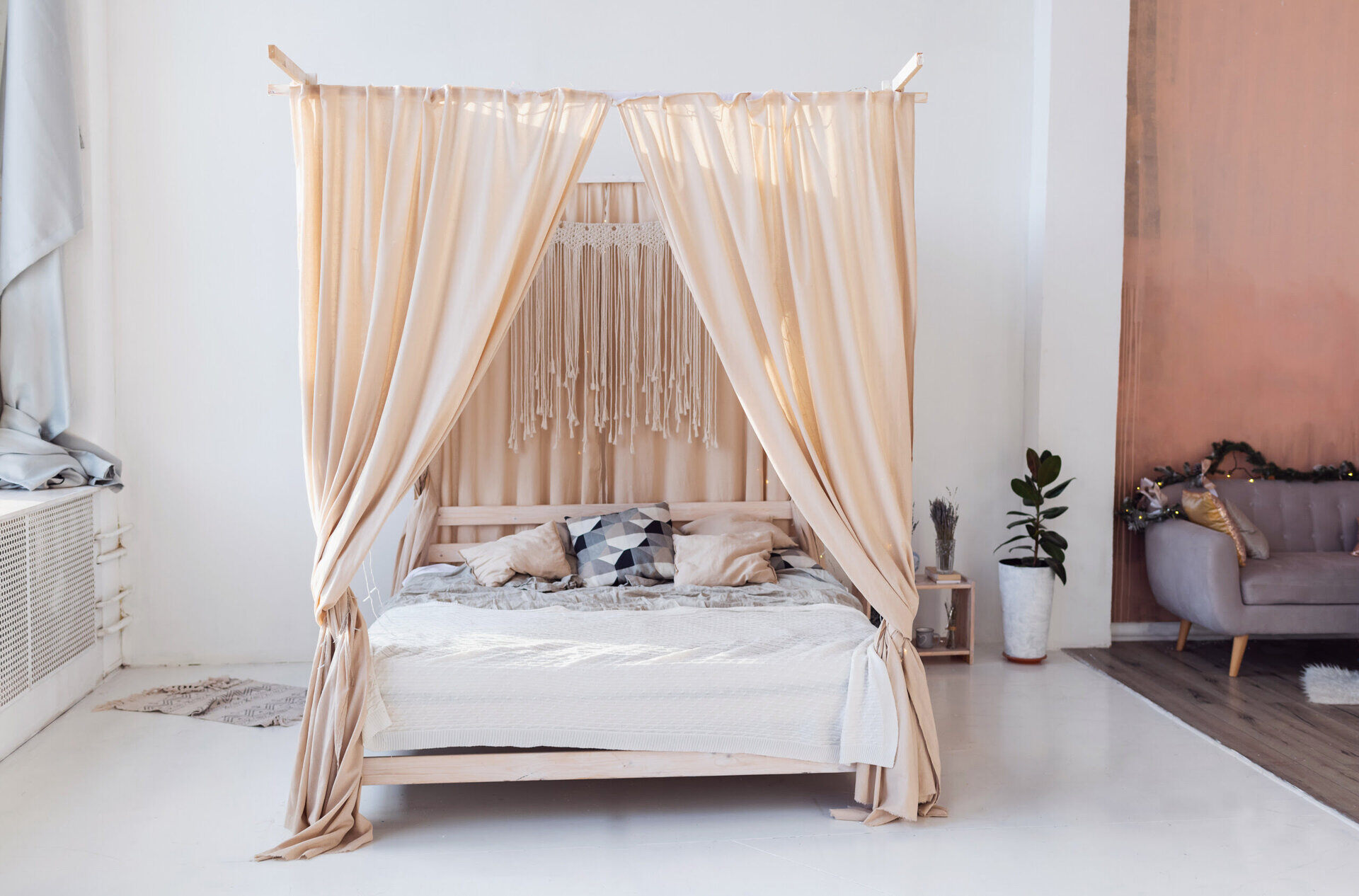
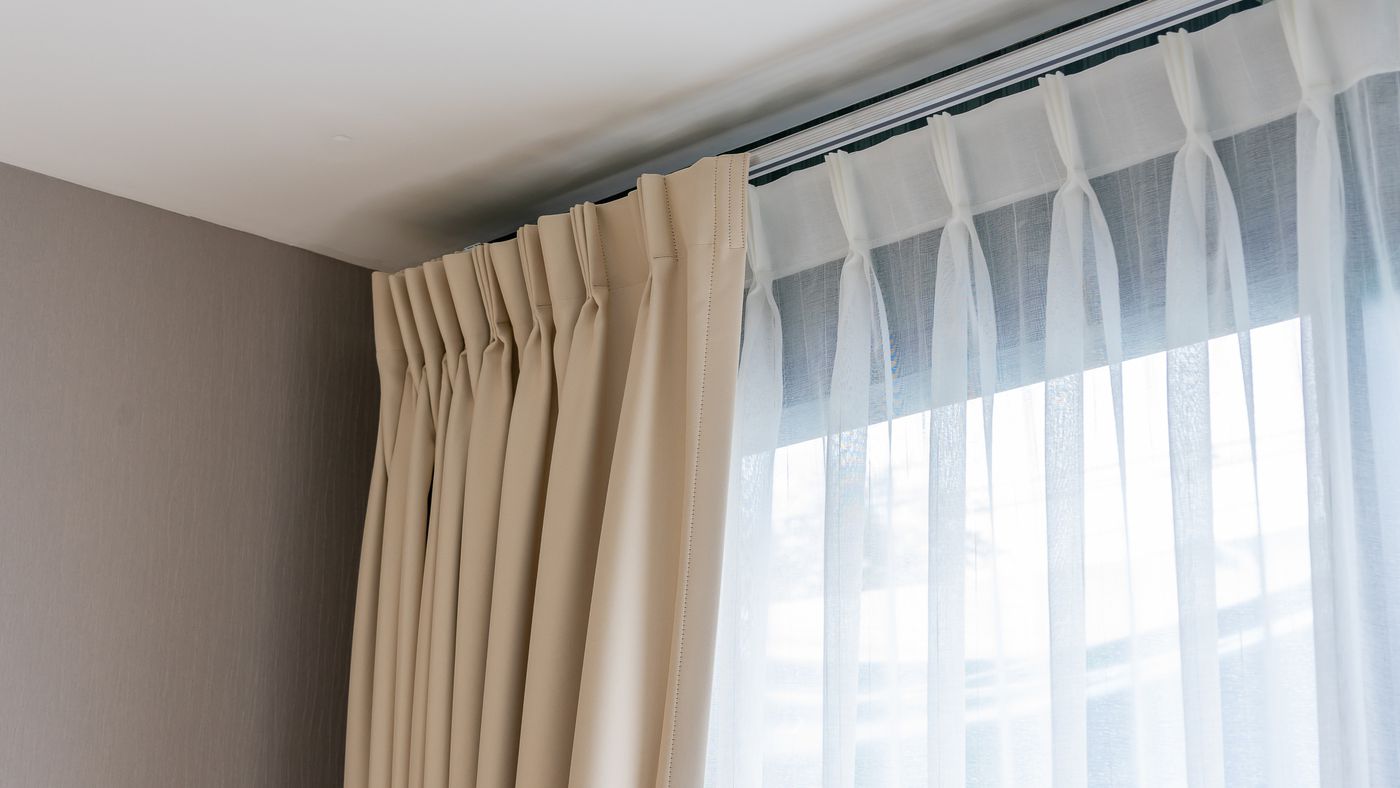


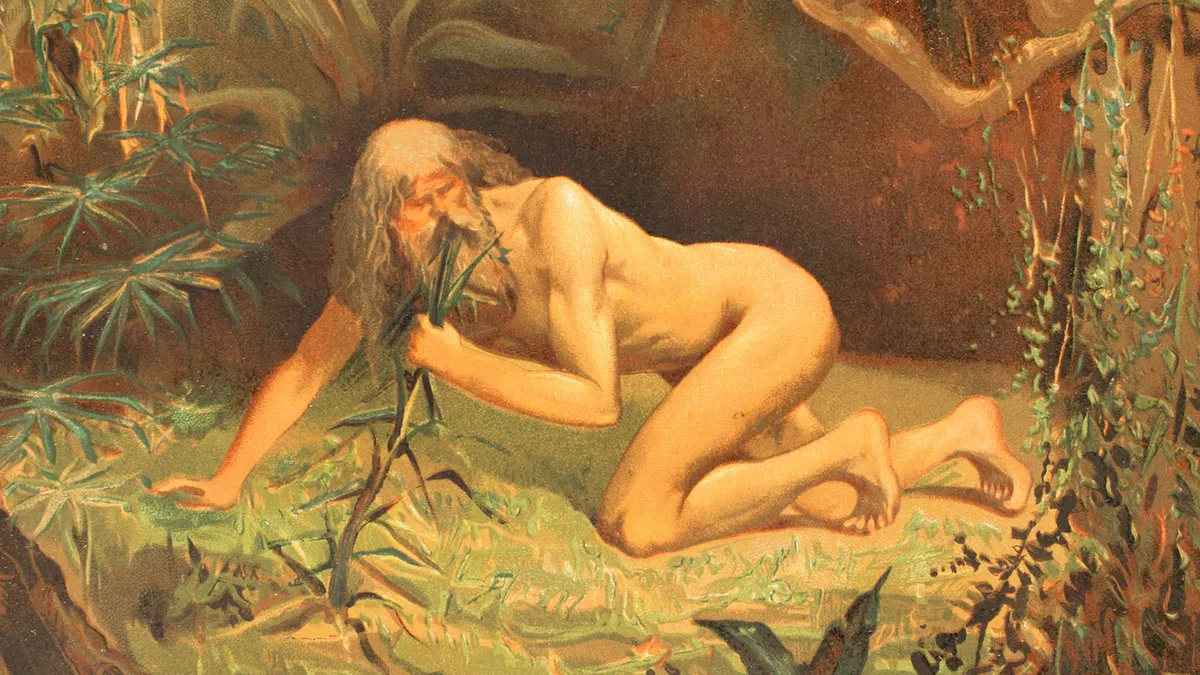


0 thoughts on “Why Did Beds Have Curtains”